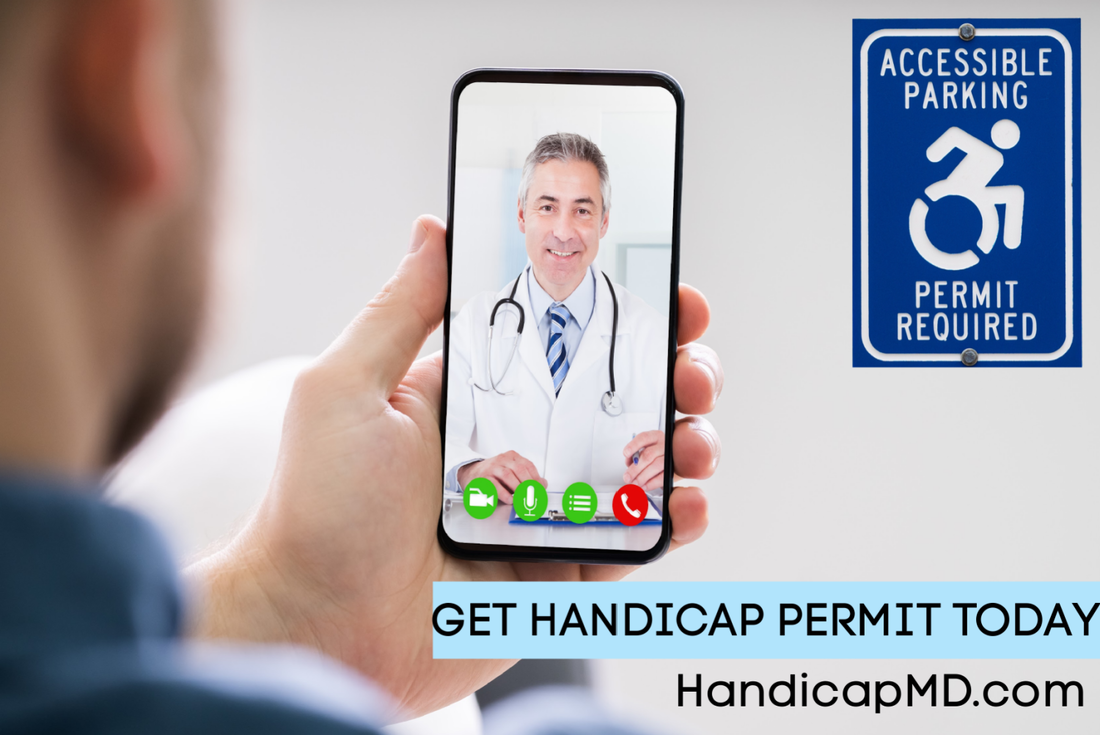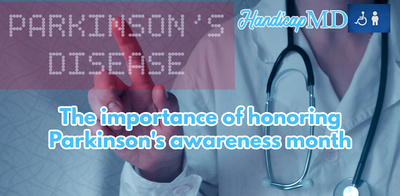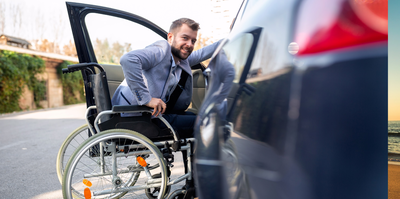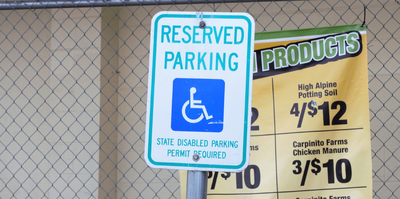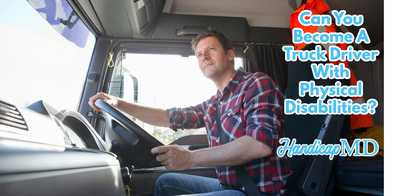
Exploring Disabled Discrimination in Public Transportation
Discrimination of people with disabilities by public transportation services is highly discouraged by the Americans with Disabilities Act (ADA) Title II.
This provision states that at no given circumstance should public transportation fail to serve disabled people. It further states that the transportation agencies should provide reasonable modifications that people with disabilities require for a smooth transit.
Medical content reviewed by Dr Eric Jackson-Scott MD, Chief Medical Officer
The ADA covers all public transportation services, including light rails, city buses, and other fixed route systems.
ADA Title II- Public Transportation Services
There are several ADA requirements that public transport agencies must adhere to. The Department of Transportation regulates the ADA rules that affect the transportation industry. Visit https://www.transit.dot.gov/regulations-and-guidance/civil-rights-ada/americans-disabilities-act to learn more about the ADA requirements affecting public transportation.
Fixed Route Service Requirements for Buses and Vans
Stop Announcements
· Internal announcements must be made to alert people with vision and other disabilities of incoming stops. This applies to all stops, including major intersections, transfer points, and destinations, enabling people with vision impairments to understand their location.
· The operator must announce any destination upon request of a disabled rider.
Destination Information on Vehicles
· Vehicles must have route and destination information on the boarding side and front of a vehicle. This route information must meet the size requirement for numbers and letters.
· The bus operator must announce this route and destination information for the people with vision problems and other disabilities to understand if they’re in the right vehicle.
Lifts and Ramps
· Vehicles must have a boarding device that is a lift and ramp for passengers with mobility devices such as a wheelchair. The lifts must be designed for a minimum weight of 600 pounds. Also, the lift must be big enough to accommodate 30 inches by 48 inches sized wheelchair.
· Passengers with disabilities that affect mobility must be allowed to use the lift. These include people who can’t use steps or those that use canes, crutches, braces, and wheelchairs to facilitate their movements.
Fare Box
· The fareboxes must be placed so that they don’t obstruct the flow of passengers boarding the bus.
Handrails
· The handrails and stanchions must be accessible for use by the passengers throughout the journey. The handrails must be easily accessible to people outside the bus when entering it, when on transit, when depositing fare into the farebox and during exit.
Stop Request
· The stop control, such as a button or pull cord, must be within reach of people on the wheelchairs. These stop controls should be easy to use without pinching, twisting the wrist, or tight grasping.
Service Animals
· People with disabilities are allowed to bring onboard their service animals in vehicles and facilities. However, this only applies to service animals and not any other emotional support animal. According to the Department of Transportation ADA regulations, service animals are animals trained to assist persons with disabilities in facilities and vehicles - any type and those that use assistive technology. These animals don’t necessarily require licensing or certification by a state or local government, and they include a signal dog or guide dog.
Requirements for Rapid Rail Vehicle Systems
· All rapid rail trains must have a car that is easily accessible to people with disabilities. The vehicles must also be usable to people using wheelchairs.
· Handrails must be available to support people with disabilities when boarding, maneuvering in the vehicle, seating, standing, and alighting.
How To Request for Reasonable Modifications from a Public Transportation Agency?
The transportation services must be accessible for people with disabilities as they’re for people who don’t have disabilities. The Department of Transportation ADA requires all public transportation agencies to provide a process that people with disabilities can apply for reasonable modifications.
This requirement states that the process should be available in platforms where the public transportation agencies make announcements for other general practices and policies. The application method for reasonable modifications shouldn’t vary from other general processes stipulated by public transportation agencies. The process must also be available to the disabled who wish to use it.
The best way is to apply for these reasonable modifications before your scheduled transit. If at any moment the reasonable modifications you have requested aren’t possible, you can request the operator for all accommodations you need.
The circumstances under which a request for reasonable modifications made by a person with a disability may be rejected include:
The requested modifications may be a threat to the safety and health of other public transport users.
The request made isn’t necessary for the disabled person to use public transportation services.
The requested modifications may alter the nature of activities, services, or programs.
The Complaint Process for Public Transit Agencies
The Federal Transit (FTA) Office of Civil Rights is available for all ADA violation complaints regarding local transit agencies. When you encounter any ADA violation from local transportation agencies, the FTA office recommends you first file the complaint to the transportation agency to give them a chance to respond to your concerns first. After their response, you can now file the complaint to the FTA Office of Civil Rights.
According to the Department of Transportation ADA requirements, each local transportation agency must have a complaint process through which complaints can be filled. You can get one from the official websites of the local transportation agencies or visit the physical offices to collect one.
If the local transportation agency fails to address your concerns, you can file the complaints directly to the FTA Office of Civil Rights by completing the complaint form and mailing it.
You can obtain the complaint form from this link https://www.transit.dot.gov/sites/fta.dot.gov/files/docs/Consolidated_Civil_R ights_Complaint_Form.pdf.
You should accompany your form with the following:
· Your allegations and supporting documentation
· Specific information, including dates and time to enable the investigator to understand your allegations better
· All correspondence from the public transportation agency
Send the mail with the filled form and all other attachments to the following address:
Federal Transit Administration
Office of Civil Rights
Attention: Complaint Team
East Building, 5th Floor – TCR
1200 New Jersey Avenue, SE
Washington, Dc 20590
As a requirement, you must make your complaint within 180 days of the violations.
For more questions directed to the FTA Office of Civil Rights on questions on filling a complaint, use the following contacts 1-888-446-4511 or email FTA.ADAAssistance@dot.gov
.png)
